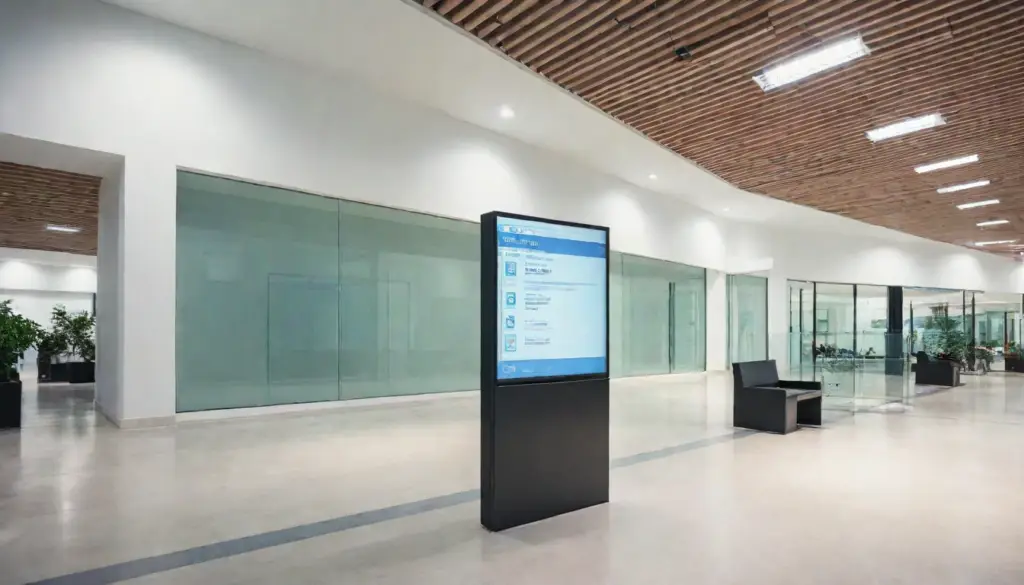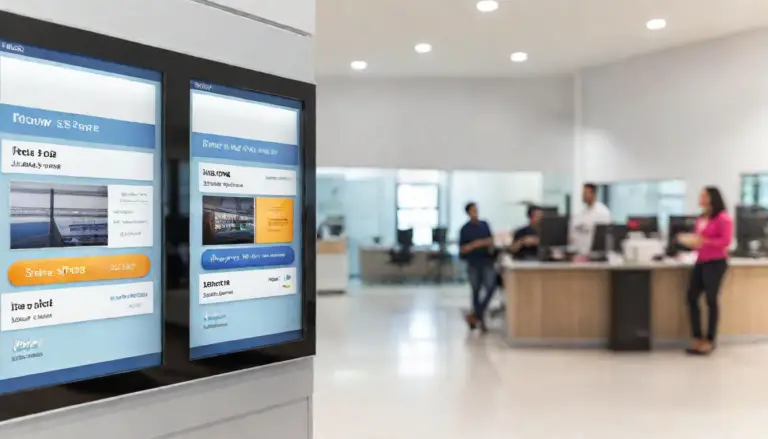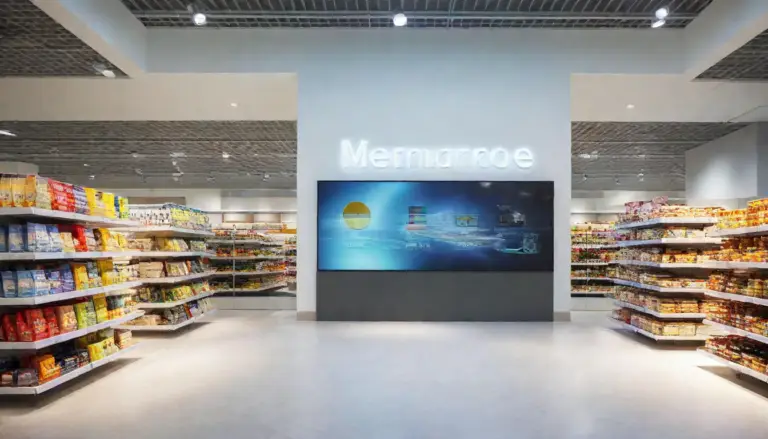A customer has just entered your business location. How are they being guided from the door to checkout?
In recent years, the question of interior wayfinding has been on the minds of retailers, hospital administrators, government officials, and hospitality thought leaders. Due to the immediacy provided by mobile devices, customers are no longer tolerant of long waits for service or a lack of wayfinding within businesses. But with the onset of digital signage and you can now easily your customer’s facilitate self-service.
The New Generation of Customers Are Product-Savvy, Efficiency-Focused, and Self-Directed
Because our expectations of customer service have changed, many people would prefer to navigate their in-store experience through a digital platform than be required to talk to a member of your staff. Customers are accustomed to looking up their own directions, researching the products they want to buy, and making purchases without being subject to cross-selling efforts, or less-than-helpful retailers.
Some stores offer an on-location experience that integrates with mobile applications. Many have installed interactive digital signage and uploaded location-specific content to streamline interior wayfinding for their customers.
These digital displays do more than simply orient your customers. They offer myriad benefits to the consumer and to the organization.
First, interactive digital displays allow your customers to be self-directed, cultivating a sense of empowerment that translates to brand loyalty. Consumers want control of their on-location experience, but they also want guidance. Digital signage walks the line between these two customer service tenets that are otherwise often at odds with one another.
“Believe it or not, the more independent your customer can be in your location, the better perception they have of your business.”
Second, digital displays provide a flexible format that can educate your customers about particular products, offer them time-sensitive discounts and sales information, and give them directions and an interactive layout of your business. As a result, your organization streamlines the on-location experience while simultaneously reducing labor costs.
Static and Digital Displays Need to Work Together to Guide Customers
According to the article, “Interior Wayfinding: Electronic Wayfinding Signs,” in Sign & Digital Graphics: For the Business of Visual Communication, digital signage is well-suited for high-volume environments that need dynamic, frequently changing messages. Appropriate examples include corporate offices, hospital waiting rooms, large hotel, conference centers, malls, school campuses, financial institutions, and event venues.
Despite the undisputed effective use of digital signage in many use cases, they are not necessary for every sign within these locations. Some of the business owners interviewed for the industry publication noted that digital displays can be excessive, such as bathroom signs and parking lot space numbers. In those cases, digital displays could represent a poor investment.
How then should business owners and administrators determine when and where to use static signage versus digital signage?
The biggest determining factor is how much information the sign needs to offer and how often your organization needs to change that information. For example, a hospital waiting room must display a variety of service information for patients, such as information that could change by the hour. By contrast, a hospital hallway might display constant navigational information about where the emergency exits and bathrooms are located.
Ideally, as one business owner pointed out in Sign & Digital Graphics, static signage and digital displays should work in a complementary way to direct and inform customers.
As with any investment in your organization, you will want to start by determining the objective of your wayfinding need. This would naturally be followed by layering on the notion of how often the content would change. And finally, comparing the cost of static materials versus digital displays.
If you need some help determining the ROI of your digital signage, we recommend referring to our guide.







